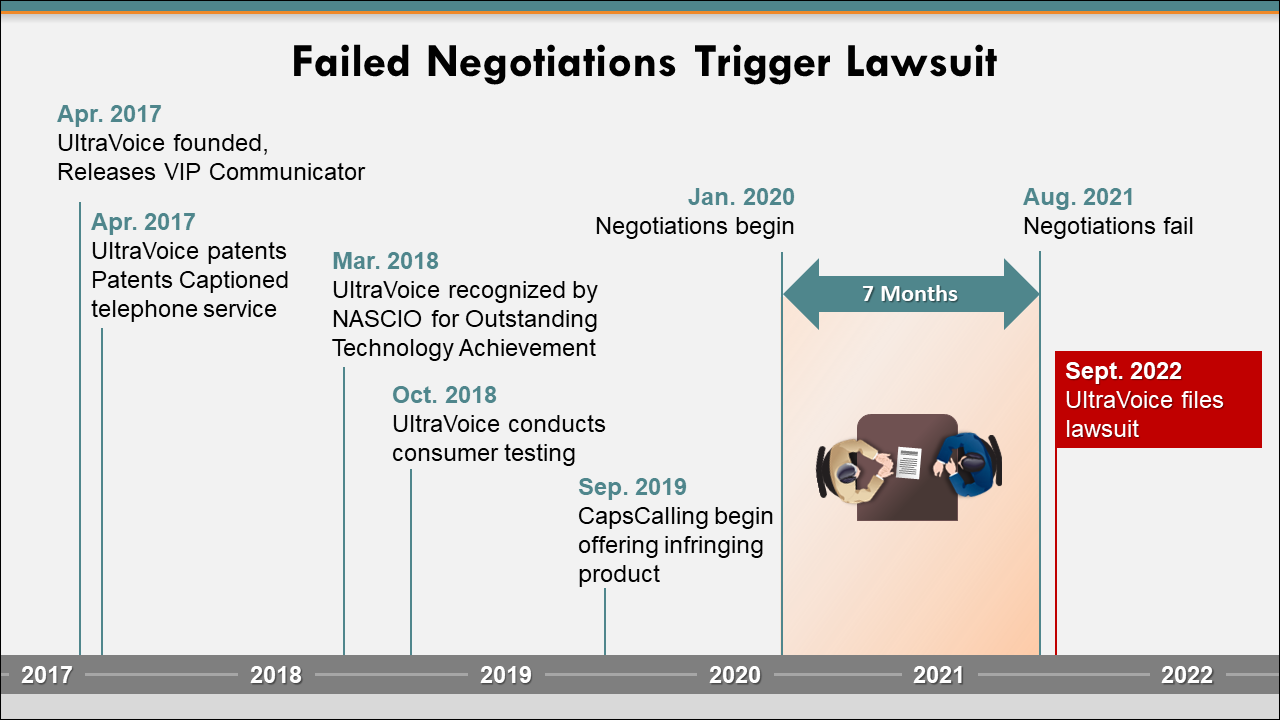Enhancing Comprehension with Timelines
Timelines are a powerful tool in litigation, transforming complex case details into a clear, chronological narrative that aids comprehension for judges, juries, and other key stakeholders. Whether you're presenting a straightforward sequence of events or illustrating intricate relationships between pieces of evidence, a well-crafted timeline can make all the difference.
The Importance of Timelines in Litigation
Legal cases often involve vast amounts of information, including documents, witness testimonies, and expert analyses. Organizing this information into a timeline demonstrative allows attorneys to:
- Present a logical and compelling narrative
- Highlight key events and their impact on the case
- Strengthen arguments with a visual representation of facts
- Aid retention and recall for the judge and jury
A properly structured timeline ensures that critical details are not just presented but understood. It creates clarity, minimizes confusion, and ultimately enhances persuasion in the courtroom.
Key Considerations for an Effective Timeline
Before you start plotting dates on a PowerPoint slide or drafting an exhibit, it's essential to consider the following questions:
1. What is the focus of my timeline?
Every case has a unique story to tell. Identifying the central theme of your timeline will help maintain focus and ensure that only the most relevant details are included. Whether it’s a medical malpractice case, a contract dispute, or a criminal proceeding, keeping the timeline aligned with your legal strategy is crucial.
2. How can I effectively use space?
Timelines should be structured in a way that maximizes readability and impact. Consider:
- Horizontal vs. vertical layout: Which format best presents the flow of events?
- Spacing between events: Ensuring a balanced distribution prevents overcrowding.
- Grouping related events: Using visual clustering to make patterns more apparent.
3. Is my timeline easy to read?
A timeline’s effectiveness depends on its clarity. Overloading it with excessive detail or tiny text can hinder comprehension. Keep these best practices in mind:
- Use concise labels with essential information.
- Ensure text is large enough to be legible from a distance.
- Maintain a consistent format to avoid unnecessary complexity.
4. How can I use color, icons, and illustrations to foster better understanding?
Visual elements can significantly enhance comprehension by guiding the viewer’s attention and making connections between events more apparent. Consider:
- Color coding to differentiate themes or parties involved.
- Icons or symbols to quickly convey meaning (e.g., a gavel for court rulings, a medical cross for health-related events).
- Illustrations or images to support complex explanations.
5. Should I have a title?
A clear, concise title helps set expectations for the timeline’s purpose. It should summarize the key theme or objective of the visualization, making it easier for the audience to grasp the context at a glance.
Partnering with Experts for Professional Demonstrative Timelines
While DIY timelines may seem straightforward, they often fall short in terms of visual appeal and effectiveness. For high-stakes litigation, partnering with experts can ensure that your timeline is both compelling and legally sound.
At Huseby, our team specializes in creating demonstrative timelines that bring your case to life. Our litigation graphics professionals carefully design custom timelines that adhere to best practices in clarity, visual hierarchy, and legal storytelling.
Explore our demonstrative timeline examples to see how we can enhance your case presentations.
Ready to Elevate Your Litigation Strategy?
If you're looking to create a timeline that not only organizes information but also strengthens your case’s impact, our experts are here to help. Request a demonstrative timeline consultation today to get started.
For more litigation support services, including remote depositions, exhibit management, and trial presentation solutions, visit our Huseby homepage.

